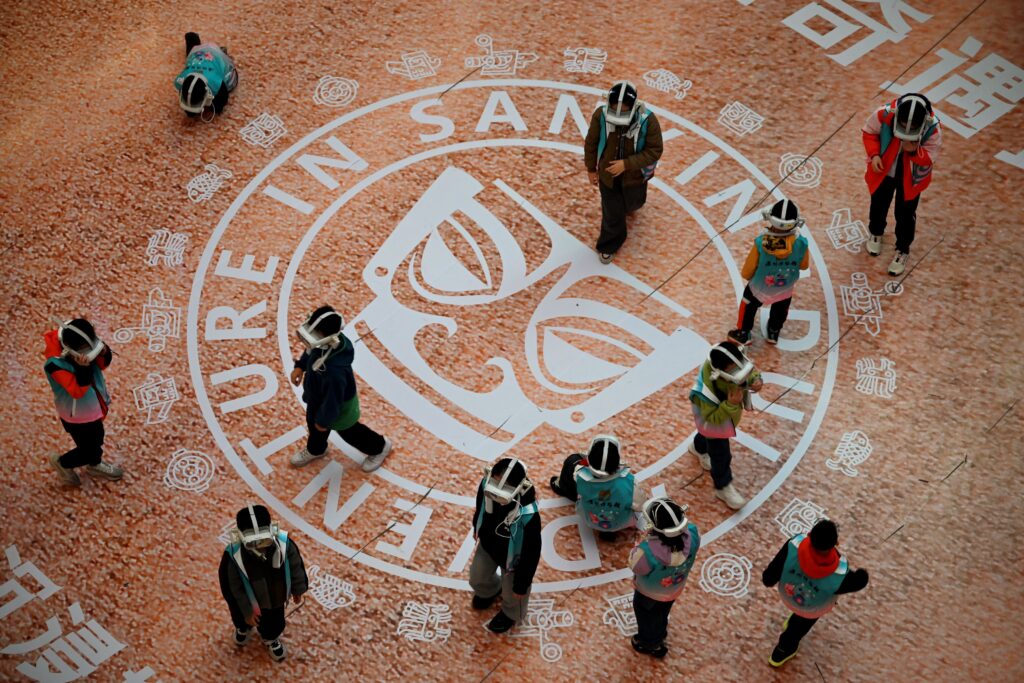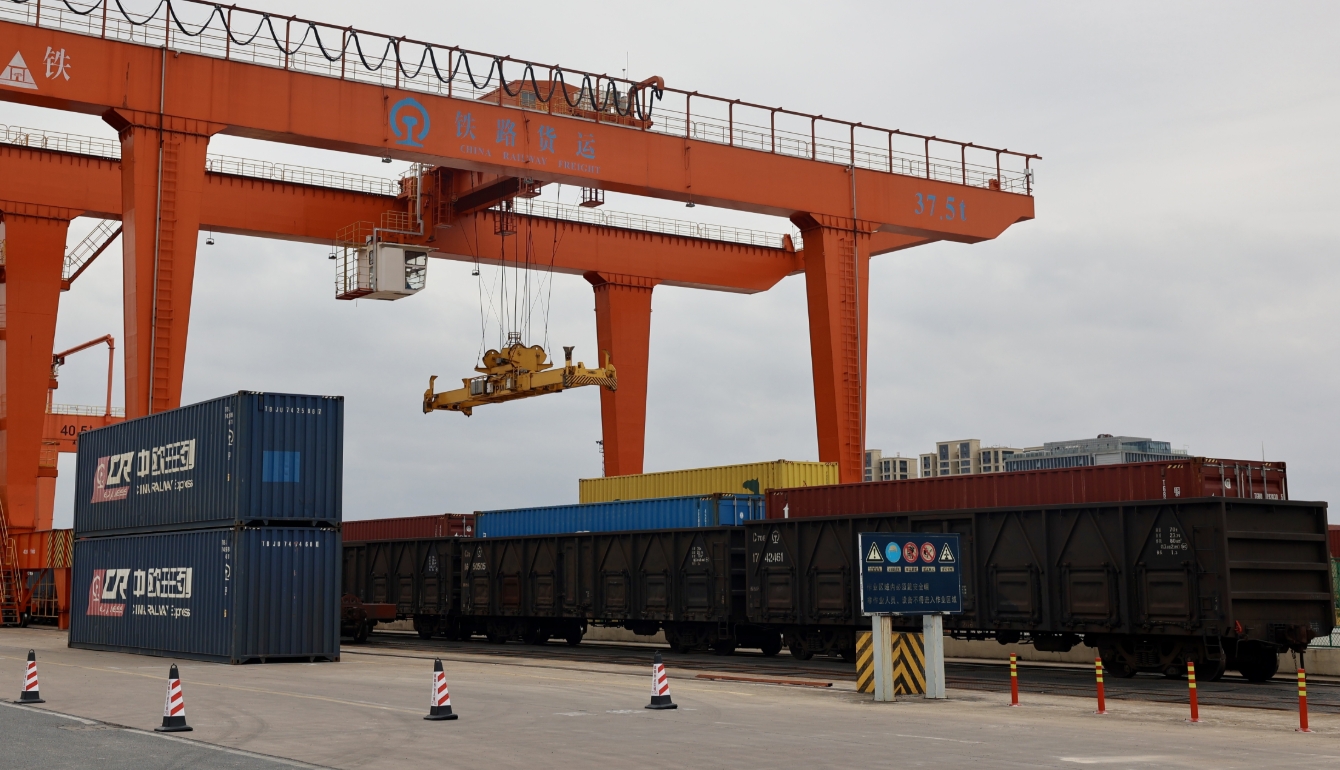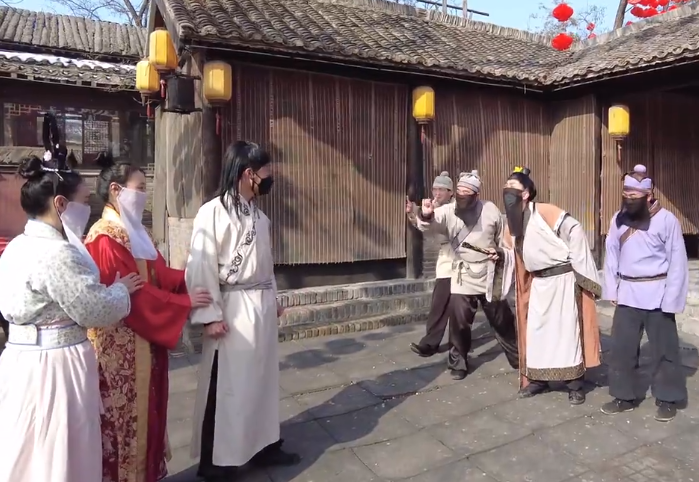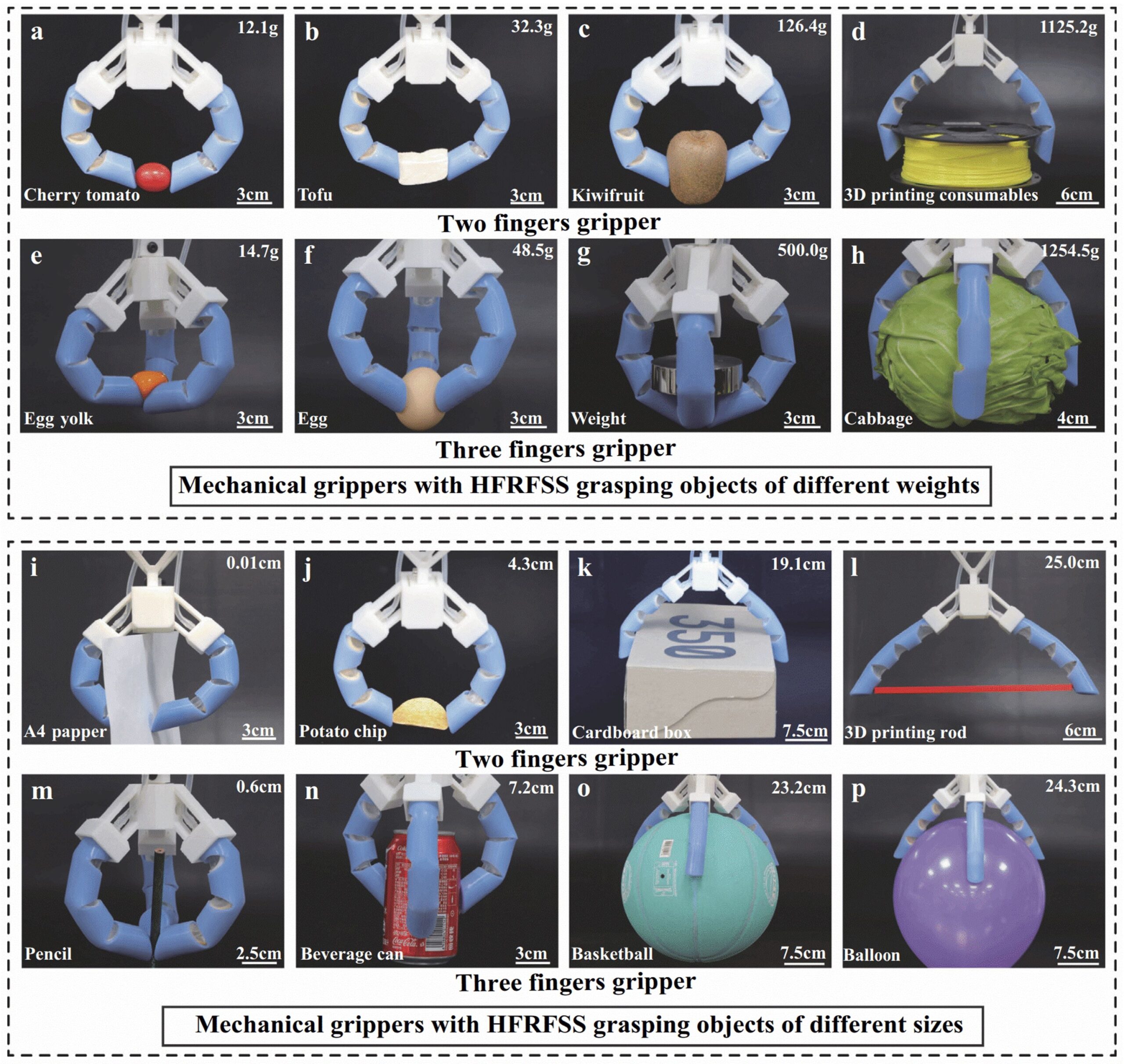China is introducing Spring and Autumn school breaks to support outdoor learning, ease academic pressure, and boost family travel.
China is testing a new type of school break known as the Spring and Autumn Breaks. Several provinces have launched pilots, including Zhejiang, Guangdong’s Foshan, Hubei’s Enshi, and most recently Sichuan. The initiative aims to balance academic study with more outdoor learning and family-friendly activities, according to CNS.
Unlike traditional winter and summer vacations, these new breaks are shorter and occur during mild seasons. The total number of school days stays the same. Instead, part of the academic calendar is redistributed to give students more time for hands-on learning in nature and local communities.
A New Approach to School Breaks
In March 2025, national authorities encouraged local governments to explore new holiday models. Since then, more regions have joined the pilot programs.
Sichuan’s plan highlights local flexibility. Schools may link the breaks with weekends, public holidays, school outings, or cultural activities. Rural schools can adjust their schedules to match the farming seasons. Minority regions can design the holiday around local customs.
Education experts stress that the goal is not to create “extra vacation,” but to promote real-life learning.
“The Spring and Autumn Breaks are practice holidays,” said Jiao Pu, deputy director at the Sichuan Research Institute of Education Sciences. “Students should go outdoors, meet people, and learn from real experiences.”
To protect the purpose of the break, Sichuan bans schools from holding extra classes and forbids tutoring centres from offering disguised academic programs during the holiday.

Support for Parents and Diverse Holiday Options
Many parents welcome the new break, but some worry about childcare. Mr Li, who was travelling in Nanjing with his two sons, said, “The kids enjoy it, and they see more of the world. But we adults still need to take time off. That can be difficult.”
To ease these concerns, several cities have created support measures. For example, Sichuan will provide free on-campus childcare during the holiday. Hangzhou opened 138 public childcare centres during this year’s Autumn Break, serving about 12,000 students. In Guangzhou, many middle-school students will spend the break on organised group trips.
These programs help families balance work and childcare while keeping students active and engaged.
Stronger Tourism Demand and Community Benefits
The new holiday model is influencing the travel market in Autumn. According to data reported by national media, page views for sightseeing products in Sichuan rose 32% after the announcement of the Autumn Break. Bookings increased 39% year-on-year. Many scenic areas responded with free or discounted tickets and upgraded services.
In Ningbo’s Jiulong Lake area, rural homestays, campsites, and cultural workshops have created joint packages for families.
“We are busier than ever,” said a member of a local agritourism alliance. “Everyone works together now—homestays, scenic spots, workshops. It creates a stronger experience for visitors.”
Families say the appeal is clear. “You don’t need long-distance travel,” said Mr Wang from Ningbo. “Kids enjoy nature, and we get quality family time. Rural trips are a perfect fit.”

A Small Calendar Change With Wider Impact
China’s Spring and Autumn Breaks reflect a broader shift in education: more real-world learning, more flexibility, and more family-friendly options. Early responses suggest that students enjoy the breaks, parents appreciate the support services, and communities benefit from increased tourism.
As more regions test the model, China is reshaping how students experience learning beyond the classroom.
If you liked this article, why not read: China Unveils Roadmap for Future Science and Technology Education











